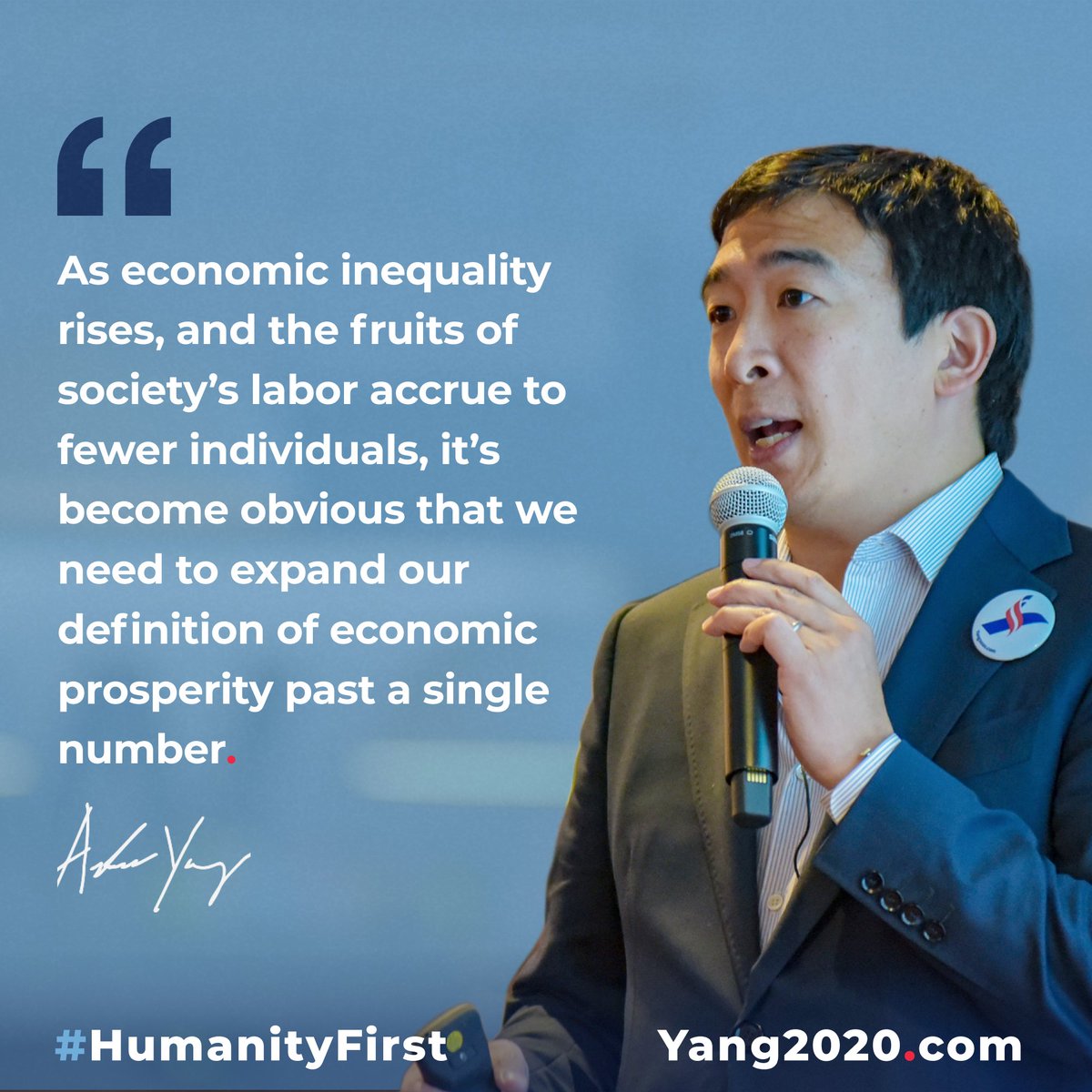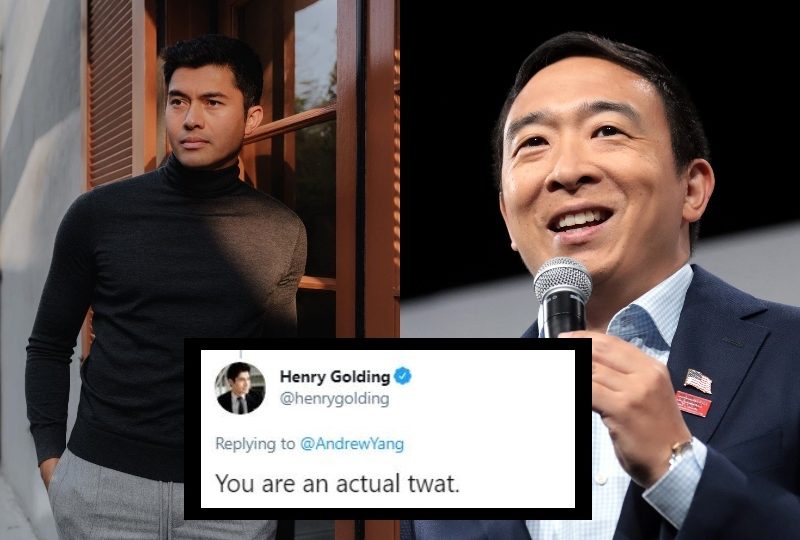

7 Yet, in the aftermath of this pronouncement and in the current polarized nature of the United States political landscape, social media has become an environment where misinformation and disinformation can flourish and spread. On November 7, the media was finally able to call the election and named Biden as the president-elect, and Kamala Harris as the vice-president-elect. News outlets were unable to call the elections for several days after election day, as many key states were still counting ballots social media was used as a means to spread information (both factual and misleading) and to both protest and advocate for controversies surrounding ballots and the influx of mail-in ballots caused by COVID-19. 4 On election day, many again used social media to express their thoughts on the unfolding elections.

Twitter has historically been a platform used by politicians to reach their base, and has recently begun more aggressive efforts to tag posts as misleading and potentially incorrect in order to mitigate the spread of misinformation that had already been prevalent on the platform.

3Īs the final sprint to election day on Novembegan, Americans took to online social platforms to voice their opinions and engage in conversation surrounding the elections.
/cdn.vox-cdn.com/uploads/chorus_image/image/64651812/fe3b836506.0.jpeg)
2 Donald Trump officially accepted his nomination on August 27, 2020, during the Republican National Convention. Joe Biden officially accepted the Democratic nomination during the Democratic National Convention. Historically, the incumbent president is favored to win their party’s nomination for president 1 although Trump did face a few challengers from the Republican party, it became increasingly clear that he would gain the Republican party’s nomination. We began collecting tweets in May 2019 in an effort to capture online chatter surrounding this defining democratic process and to make this collection available to the research community. Trump or the Democratic challenger, and former Vice-President Joseph R. In 2020, Americans returned to cast their vote for the next president of the US: incumbent Republican Donald J. We hope that the academic community, computational journalists, and research practitioners alike will all take advantage of our dataset to study relevant scientific and social issues, including problems like misinformation, information manipulation, conspiracies, and the distortion of online political discourse that has been prevalent in the context of recent election events in the United States. Our dataset release is curated, documented, and will continue to track relevant events. The dataset also focuses on presidential and vice-presidential candidates, the presidential elections and the transition from the Trump administration to the Biden administration. It predates and spans the entire period of the Republican and Democratic primaries, with real-time tracking of all presidential contenders on both sides of the aisle. political trends, actors, and events from 2019 to the time of this writing. This multilingual dataset encompasses over 1.2 billion tweets and tracks all salient U.S. To mitigate this impediment and empower the Computational Social Science research community, we are publicly releasing a massive-scale, longitudinal dataset of U.S. Limited access to social media data is often the primary obstacle that limits our abilities to study and understand online political discourse. Presidential election and the inauguration on January 21, 2021. The study of online chatter is paramount, especially in the wake of important voting events like the recent NovemU.S.
ANDREW YANG TWITTER SNOPES FREE
Credible evidence-based political discourse is a critical pillar of democracy and is at the core of guaranteeing free and fair elections.


 0 kommentar(er)
0 kommentar(er)
